NAVIGATING CUSTOMER MINDS: How do you encourage shoppers to write a review, and not just give a star rating?
Reviews are important, but not necessarily in the way that you think.
 In the world of online shopping, shoppers love customer reviews. They help us figure out if the product lived up to the expectations of people who’ve already bought it. Yet, if we look at them objectively, they shouldn’t be that useful. On Amazon, over half of all reviews give the products five stars, and the average rating is 4.2 stars. In the end, we’re left with a J-shaped distribution, with most reviews awarding 4 or 5 stars and a few 1-star reviews – with very few in-between. But there are two components to a review: a star rating and the written words, and shoppers use the two bits of information differently.
In the world of online shopping, shoppers love customer reviews. They help us figure out if the product lived up to the expectations of people who’ve already bought it. Yet, if we look at them objectively, they shouldn’t be that useful. On Amazon, over half of all reviews give the products five stars, and the average rating is 4.2 stars. In the end, we’re left with a J-shaped distribution, with most reviews awarding 4 or 5 stars and a few 1-star reviews – with very few in-between. But there are two components to a review: a star rating and the written words, and shoppers use the two bits of information differently.
If you were looking at buying a new electric toothbrush and didn’t know what model to buy, most people will simply type in ‘electric toothbrush’ on their preferred online shop (let’s be honest, probably Amazon) and then scroll down and view the product which matches their budget and has a good star rating. (On Amazon, products with a higher star rating appear higher up the rankings).
But the star rating isn’t enough to convince us to buy a product. Instead, we read what people have written about the product, and this is what convinces us to buy. It’s the richness of this qualitative information that makes a review feel ‘real’ and explains why a product’s star rating is a poor predictor of whether people will buy it or not.
How can you encourage shoppers to give ‘useful’ reviews?
If the written reviews are important, how do you encourage shoppers to write a review and not just give a star rating? If you’ve ever bought a product online a couple of days after it’s been delivered, the company will usually ask you to review it.
But if you bought an electric toothbrush, can you really give a useful review after having only used it for a couple of days? The evidence backs this up, the longer you wait to ask for a review, the more likely someone is to review their purchase. But how long should you wait? You don’t want to wait too long because you are missing the opportunity to influence other customers.
As a rule of thumb, you should ensure that customers have time to properly use the products and understand if they work, which will differ depending on the product. If you’re selling to younger consumers, this is even more important.
Asking them to review a product when they don’t feel they’ve had time to thoroughly test it will just irritate them, and the only way they can react to this is by not reviewing the product at all.
The key here is getting your tone right. Unfortunately, these emails are written by busy marketers who are already rushed off their feet. They often don’t give time to think about such a message. Rather than simply saying “tell others what you think of your new XXX”, it is more effective to borrow a few techniques from behavioural science and be clear in what you’re asking for. Something like:
“Want to help out other people just like you? Then why not leave a review of your new XXX. Just click on the link and if you can, include a photo or two. Shoppers find reviews with photos three times more helpful. The best photos are ones that highlight something from your review – either what is great or bad about the product.”
Also Read: Use These 7 Survey Questions To Know What Your Customers Think
People may not immediately think to include a photo with their review, but it changes how useful we find them. We’ve all heard the expression that a picture’s worth a thousand words, and it’s true with reviews. Shoppers find reviews that include a photo as more helpful. It helps reassure the reader that the review is written by a real person and that they really did buy the product. But it makes a difference what the photo is of.
The webpage should already include lots of photos of the product, so to add value, the photos in the review need to support the text. If you bought a new pair of walking boots and complained that the sole is coming off from the boot, it doesn’t help if you just take a photo of the boot or the packaging – the reader wants to see a photo of the problem.
A good review doesn’t just need to include photos, it also needs to be detailed enough. On most websites, when you write a review, you’re presented with an empty text box. But we can redesign this process to encourage people to give more helpful reviews. In general, the longer the review, the more helpful it is perceived to be. However, this is only true to a point; once a review reaches a certain threshold, it starts to become unhelpful as it’s TLDR (too long didn’t read).
As a customer types their review they can be given visual feedback. This could take the form of an emoji. It starts off frowning and the more you type the happier it gets. Just like the signs that some councils use to encourage drivers not to speed, which have been shown to reducing speeding (at least in the short term). Or it could take the form of a visual bar, like the style used when you create a new password.
If it’s insecure, not long enough, or doesn’t include numbers or punctuation marks you get a red line. But as your new password becomes more secure, the line goes orange and finally green. It may sound a simple change, but it’s a highly effective technique.
The future of online reviews
With online reviews being such a powerful tool, it is no surprise that some of the largest ecommerce sites have started to experiment in how they can make them even more persuasive. For example, when a customer logs in and starts to browse, the reviews they see first will be written by people who match their profile.
You may think that it would be more important for the most recent reviews to be listed first, but the age of the reviews is not critical, as long as they’re reviewing the right version of the product. Instead, people find reviews written by people who are similar to them as more helpful – hence these should be listed first.
This may sound like a technical challenge to implement, but in order to leave a review a customer will have to log in, and so the company will already know where the reviewer lives and potentially their age. Of course, this only works if customers can tell if the person who wrote the review is similar to them.
So rather than people leaving anonymous reviews, reviewers can create a mini profile with a profile photo and a one-sentence biography. Not only does the photo help people to relate to the reviewer but people prefer reviews which include a profile photo.
Likewise, a short biography can help improve the credibility of the reviewer. It’s no surprise that shoppers trust reviews written by experts more, but online it’s hard to tell who is an expert and who isn’t. Biographies don’t need to be long, a few words can be enough to establish someone’s credibility or help you to relate to them. “Mike D., busy Dad to two young girls” or “Becky, outdoor enthusiast loving life in the Lake District’. But in both cases, the website needs to have the capability to display the profile photo and a biography.
Closing thoughts
For nearly 20 years, businesses have understood that online reviews can make or break sales. And while virtually all ecommerce platforms allow customers to leave a review, they’re rarely optimised. But with online transactions now accounting for 26% of all retail sales, this is something that businesses can no longer afford to ignore.








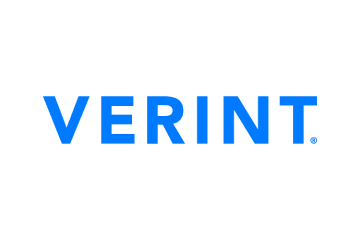
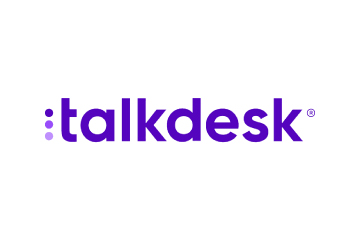

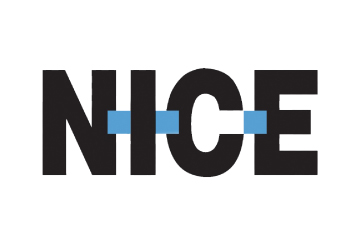


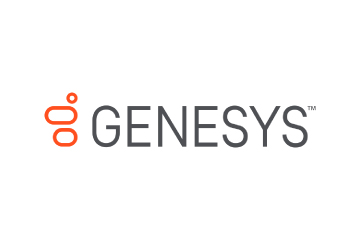
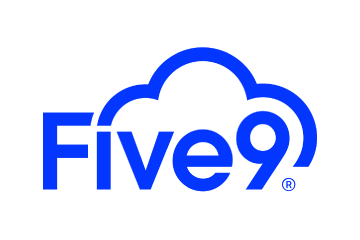


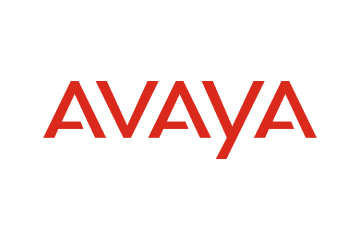
 Amplitude is a product analytics platform, enabling businesses to track visitors with the help of collaborative analytics. The platform leverages the capabilities of
Amplitude is a product analytics platform, enabling businesses to track visitors with the help of collaborative analytics. The platform leverages the capabilities of 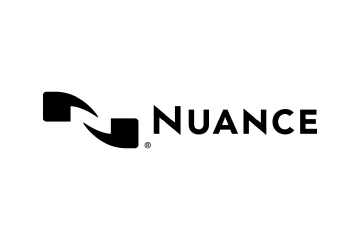

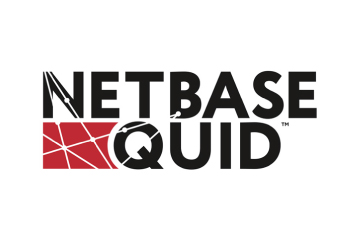

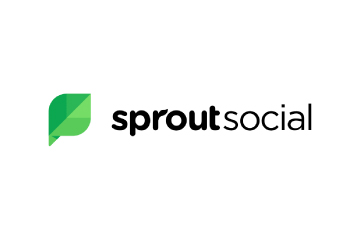
 Zoho Social, a part of Zoho’s suite of 50+ products, is a comprehensive social media management platform for businesses and agencies. The Zoho Social dashboard includes a robust set of features, such as Publishing Calendar, Bulk Scheduler, and Approval Management to offer businesses all the essential social media publishing tools. Its monitoring tools help enterprises track and respond to relevant social conversations.
Zoho Social, a part of Zoho’s suite of 50+ products, is a comprehensive social media management platform for businesses and agencies. The Zoho Social dashboard includes a robust set of features, such as Publishing Calendar, Bulk Scheduler, and Approval Management to offer businesses all the essential social media publishing tools. Its monitoring tools help enterprises track and respond to relevant social conversations.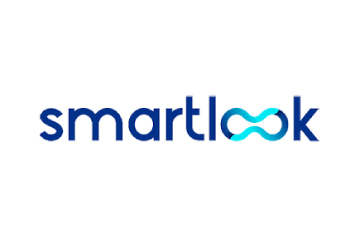

 Microsoft Dynamics 365 represents a robust cloud-based CRM solution with features such as pipeline assessment, relationship analytics, and conversational intelligence. It utilises AI-powered insights to provide actionable intelligence via predictive analytics, lead scoring, sentiment analysis, etc. Currently, Microsoft operates in 190 countries and is made up of more than 220,000 employees worldwide.
Microsoft Dynamics 365 represents a robust cloud-based CRM solution with features such as pipeline assessment, relationship analytics, and conversational intelligence. It utilises AI-powered insights to provide actionable intelligence via predictive analytics, lead scoring, sentiment analysis, etc. Currently, Microsoft operates in 190 countries and is made up of more than 220,000 employees worldwide.
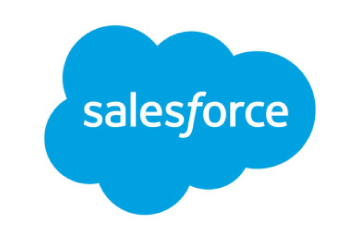
 HubSpot is an inbound marketing, sales, and customer service software provider, offering robust CRM and automation solutions. Some of its products include Marketing Hub, Sales Hub, Operations Hub, Content Hub, Commerce Hub, Marketing Analytics and Dashboard Software. Guided by its inbound methodology, HubSpot enables companies to prioritise innovation and customer success.
HubSpot is an inbound marketing, sales, and customer service software provider, offering robust CRM and automation solutions. Some of its products include Marketing Hub, Sales Hub, Operations Hub, Content Hub, Commerce Hub, Marketing Analytics and Dashboard Software. Guided by its inbound methodology, HubSpot enables companies to prioritise innovation and customer success.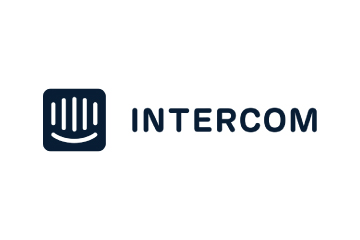
 Monday.com is a project management software company, offering a cloud-based platform that enables businesses
Monday.com is a project management software company, offering a cloud-based platform that enables businesses 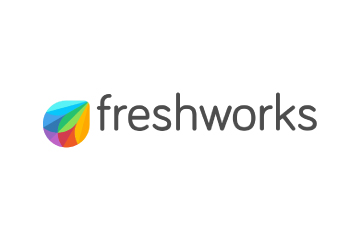 Headquartered in San Mateo, California, Freshworks is a global AI-powered business software provider. Its tech stack includes a scalable and comprehensive suite for IT, customer support, sales, and marketing teams, ensuring value for immediate business impact. Its product portfolio includes Customer Service Suite, Freshdesk, Freshchat, Freshcaller, Freshsuccess, and Freshservice. Freshservice for Business Teams has helped several global organisations to enhance their operational efficiency.
Headquartered in San Mateo, California, Freshworks is a global AI-powered business software provider. Its tech stack includes a scalable and comprehensive suite for IT, customer support, sales, and marketing teams, ensuring value for immediate business impact. Its product portfolio includes Customer Service Suite, Freshdesk, Freshchat, Freshcaller, Freshsuccess, and Freshservice. Freshservice for Business Teams has helped several global organisations to enhance their operational efficiency.
 Talkdesk offers an innovative AI-powered customer-centric tech stack to its global partners. The company provides generative AI integrations, delivering industry-specific solutions to its customers. Talkdesk CX Cloud and Industry Experience Clouds utilise modern machine learning and language models to enhance contact centre efficiency and client satisfaction.
Talkdesk offers an innovative AI-powered customer-centric tech stack to its global partners. The company provides generative AI integrations, delivering industry-specific solutions to its customers. Talkdesk CX Cloud and Industry Experience Clouds utilise modern machine learning and language models to enhance contact centre efficiency and client satisfaction.




 The company offers comprehensive cloud-based solutions, such as Microsoft Dynamics 365, Gaming Consoles, Microsoft Advertising, Copilot, among other things, to help organisations offer enhanced CX and ROI. Its generative-AI-powered speech and voice recognition solutions,such as Cortana and Azure Speech Services empowers developers to build intelligent applications.
The company offers comprehensive cloud-based solutions, such as Microsoft Dynamics 365, Gaming Consoles, Microsoft Advertising, Copilot, among other things, to help organisations offer enhanced CX and ROI. Its generative-AI-powered speech and voice recognition solutions,such as Cortana and Azure Speech Services empowers developers to build intelligent applications. IBM is a global hybrid cloud and AI-powered
IBM is a global hybrid cloud and AI-powered  Uniphore is an enterprise-class, AI-native company that was incubated in 2008. Its enterprise-class multimodal AI and data platform unifies all elements of voice, video, text and data by leveraging Generative AI, Knowledge AI, Emotion AI and workflow automation. Some of its products include U-Self Serve, U-Assist, U-Capture, and U-Analyze. Its Q for Sale is a conversational intelligence software that guides revenue teams with AI-powered insights, offering clarity on how to effectively keep prospects engaged.
Uniphore is an enterprise-class, AI-native company that was incubated in 2008. Its enterprise-class multimodal AI and data platform unifies all elements of voice, video, text and data by leveraging Generative AI, Knowledge AI, Emotion AI and workflow automation. Some of its products include U-Self Serve, U-Assist, U-Capture, and U-Analyze. Its Q for Sale is a conversational intelligence software that guides revenue teams with AI-powered insights, offering clarity on how to effectively keep prospects engaged. Google Cloud accelerates every organisation’s ability to digitally transform its business. Its enterprise-grade solutions leverage modern technology to solve the most criticial business problems
Google Cloud accelerates every organisation’s ability to digitally transform its business. Its enterprise-grade solutions leverage modern technology to solve the most criticial business problems  8×8 offers out-of-the-box contact centre solutions, assisting all-size businesses to efficiently meet customer needs and preferences. It offers custom CRM integrations support and integrates effortlessly with third-party CRMs like Salesforce, Microsoft Dynamics, Zendesk, and more. Offering global support in all time zones & development teams in 5 continents, its patented geo-routing solution ensures consistent voice quality.
8×8 offers out-of-the-box contact centre solutions, assisting all-size businesses to efficiently meet customer needs and preferences. It offers custom CRM integrations support and integrates effortlessly with third-party CRMs like Salesforce, Microsoft Dynamics, Zendesk, and more. Offering global support in all time zones & development teams in 5 continents, its patented geo-routing solution ensures consistent voice quality. Sprinklr is a comprehensive enterprise software company for all customer-focused functions. With advanced AI, Sprinklr’s unified customer experience management (Unified-CXM) platform lets organisations offer human experiences to every customer, every time, across any modern channel.
Sprinklr is a comprehensive enterprise software company for all customer-focused functions. With advanced AI, Sprinklr’s unified customer experience management (Unified-CXM) platform lets organisations offer human experiences to every customer, every time, across any modern channel.


 Upland offers a comprehensive suite of contact centre and customer service solutions with products including InGenius, Panviva, Rant & Rave, and RightAnswers. InGenius enables organisations to connect their existing phone system with CRM, further enhancing agent productivity. Panviva provides compliant and omnichannel capabilities for highly regulated industries. Whereas, Rant & Rave, and RightAnswers are its AI-powered solutions,
Upland offers a comprehensive suite of contact centre and customer service solutions with products including InGenius, Panviva, Rant & Rave, and RightAnswers. InGenius enables organisations to connect their existing phone system with CRM, further enhancing agent productivity. Panviva provides compliant and omnichannel capabilities for highly regulated industries. Whereas, Rant & Rave, and RightAnswers are its AI-powered solutions, 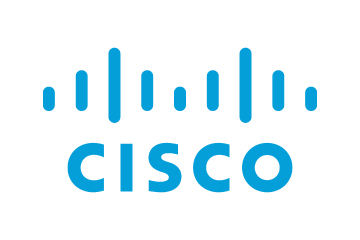


 Hootsuite, headquartered in Vancouver, is a social media management platform that streamlines the process of managing multiple social media accounts. Some of its core offerings include social media content planning and publishing, audience engagement tools, analytics and social advertising. Its easy-to-integrate capabilities help marketing teams to schedule and publish social media posts efficiently.
Hootsuite, headquartered in Vancouver, is a social media management platform that streamlines the process of managing multiple social media accounts. Some of its core offerings include social media content planning and publishing, audience engagement tools, analytics and social advertising. Its easy-to-integrate capabilities help marketing teams to schedule and publish social media posts efficiently.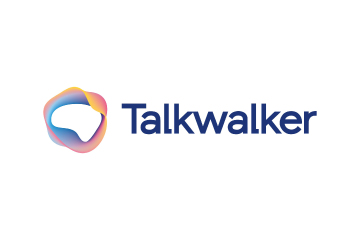
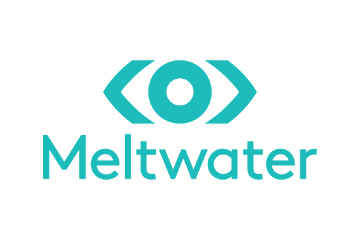
 Brandwatch enables businesses to build and scale the optimal strategy for their clients with intuitive, use-case-focused tools that are easy and quick to master. Bringing together consumer intelligence and social media management, the company helps its users react to the trends that matter, collaborate on data-driven content, shield the brand from threats and manage all the social media channels at scale.
Brandwatch enables businesses to build and scale the optimal strategy for their clients with intuitive, use-case-focused tools that are easy and quick to master. Bringing together consumer intelligence and social media management, the company helps its users react to the trends that matter, collaborate on data-driven content, shield the brand from threats and manage all the social media channels at scale.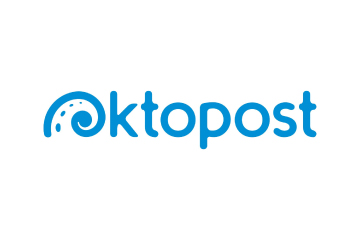


 Adobe Experience Cloud offers a comprehensive set of applications, capabilities, and services specifically designed to address day-to-day requirement for personalised customer experiences at scale. Its platform helps play an essential role in managing different digital content or assets to improve customer happiness. Its easy-to-optimise content gives users appropriate marketing streams, ensuring product awareness.
Adobe Experience Cloud offers a comprehensive set of applications, capabilities, and services specifically designed to address day-to-day requirement for personalised customer experiences at scale. Its platform helps play an essential role in managing different digital content or assets to improve customer happiness. Its easy-to-optimise content gives users appropriate marketing streams, ensuring product awareness.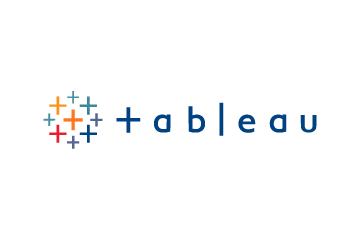 Salesforce-owned Tableau is an AI-powered analytics and business intelligence platform, offering the breadth and depth of capabilities that serve the requirements of global enterprises in a seamless, integrated experience. Marketers can utilise generative AI models, AI-powered predictions, natural language querying, and recommendationsons.
Salesforce-owned Tableau is an AI-powered analytics and business intelligence platform, offering the breadth and depth of capabilities that serve the requirements of global enterprises in a seamless, integrated experience. Marketers can utilise generative AI models, AI-powered predictions, natural language querying, and recommendationsons. Contentsquare is a cloud-based digital experience analytics platform, helping brands track billions of digital interactions, and turn those digital
Contentsquare is a cloud-based digital experience analytics platform, helping brands track billions of digital interactions, and turn those digital 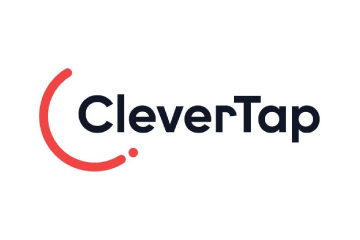
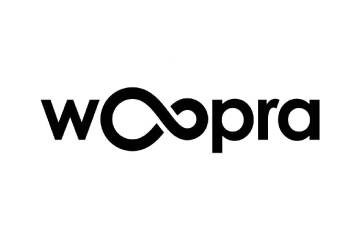
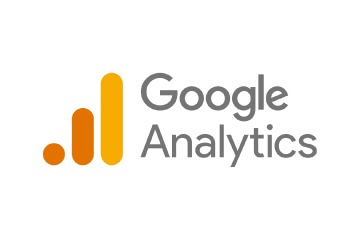
 Zoho Corporation offers innovative and tailored software to help leaders grow their business. Zoho’s 55+ products aid sales and marketing, support and collaboration, finance, and recruitment requirements. Its customer analytics capabilities come with a conversational feature, Ask Zia. It enables users to ask questions and get insights in the form of reports and widgets in real-time.
Zoho Corporation offers innovative and tailored software to help leaders grow their business. Zoho’s 55+ products aid sales and marketing, support and collaboration, finance, and recruitment requirements. Its customer analytics capabilities come with a conversational feature, Ask Zia. It enables users to ask questions and get insights in the form of reports and widgets in real-time. Fullstory is a behavioural data platform, helping C-suite leaders make informed decisions by injecting digital behavioural data into its analytics stack. Its patented technology uncovers the power of quality behavioural data at scale, transforming every digital visit into actionable insights. Enterprises can increase funnel conversion and identify their highest-value customers effortlessly.
Fullstory is a behavioural data platform, helping C-suite leaders make informed decisions by injecting digital behavioural data into its analytics stack. Its patented technology uncovers the power of quality behavioural data at scale, transforming every digital visit into actionable insights. Enterprises can increase funnel conversion and identify their highest-value customers effortlessly.
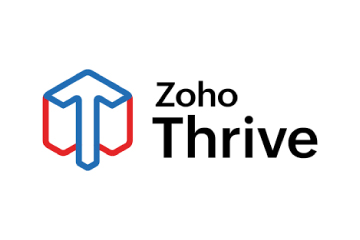
 Started in 2005 in a Sweden-based small town, Norrköping, Voyado offers a customer experience cloud platform that includes a customer loyalty management system. This platform helps businesses design and implement customer loyalty programs, track customer
Started in 2005 in a Sweden-based small town, Norrköping, Voyado offers a customer experience cloud platform that includes a customer loyalty management system. This platform helps businesses design and implement customer loyalty programs, track customer 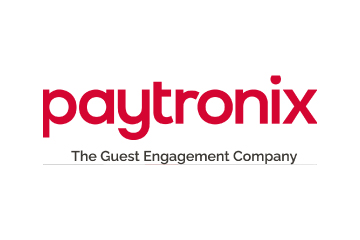



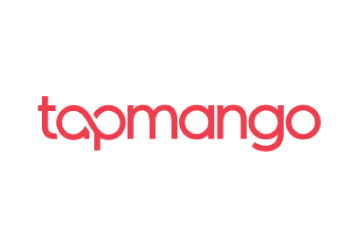 TapMango provides a comprehensive, customisable, flexible and feature-rich customer loyalty program. The loyalty tools include an integrated suite of customised consumer-facing technology, easy-to-use merchant tools, and automation algorithms, all aimed at enhancing customer experience. Adaptable to any industry, TapMango’s platform helps merchants compete with larger chains, converting customer one-time purchases into profitable spending habits.
TapMango provides a comprehensive, customisable, flexible and feature-rich customer loyalty program. The loyalty tools include an integrated suite of customised consumer-facing technology, easy-to-use merchant tools, and automation algorithms, all aimed at enhancing customer experience. Adaptable to any industry, TapMango’s platform helps merchants compete with larger chains, converting customer one-time purchases into profitable spending habits.

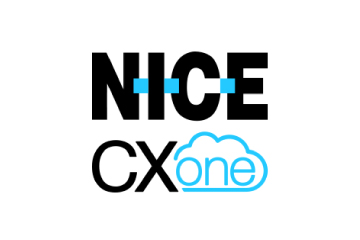
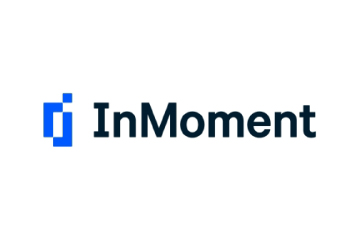

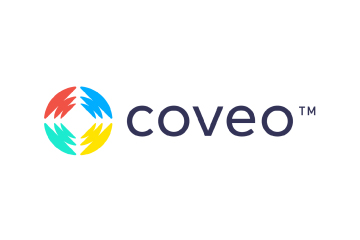
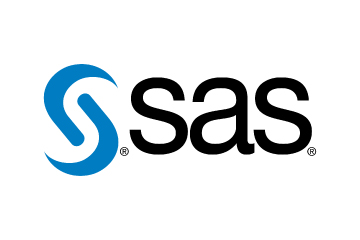
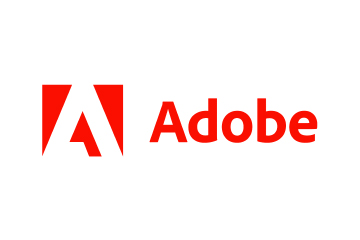 Adobe Experience Cloud offers a comprehensive set of applications, capabilities, and services specifically designed to address day-to-day requirements for personalised customer experiences at scale. Its innovative platform has played an essential role in managing different digital content or assets, to improve customer happiness or satisfaction. Some of its products include Adobe Gen Studio, Experience Manager Sites, Real-time CDP, and Marketo Engage.
Adobe Experience Cloud offers a comprehensive set of applications, capabilities, and services specifically designed to address day-to-day requirements for personalised customer experiences at scale. Its innovative platform has played an essential role in managing different digital content or assets, to improve customer happiness or satisfaction. Some of its products include Adobe Gen Studio, Experience Manager Sites, Real-time CDP, and Marketo Engage.

